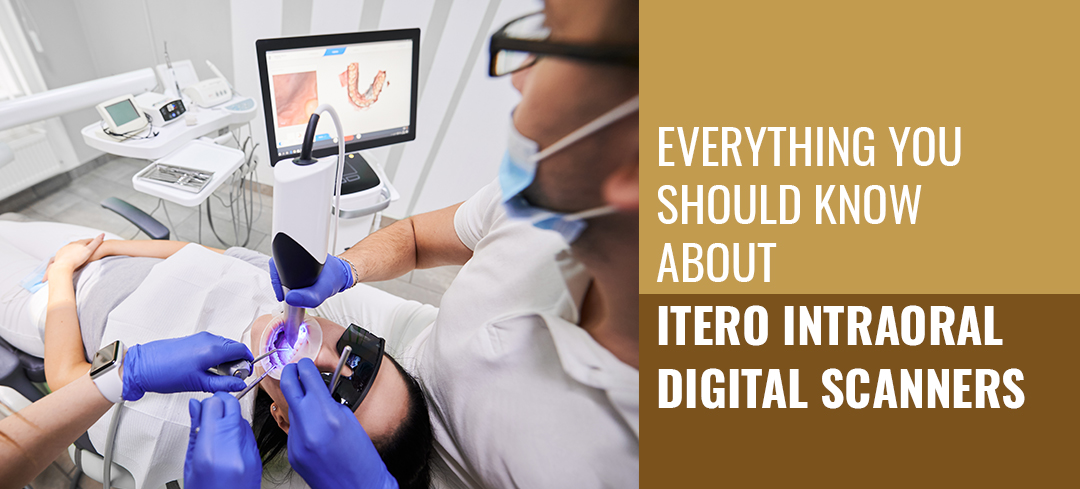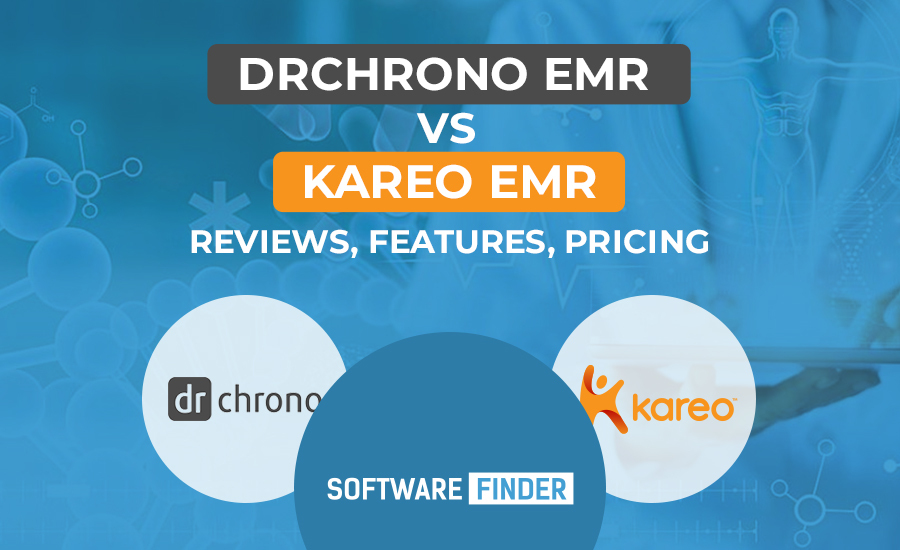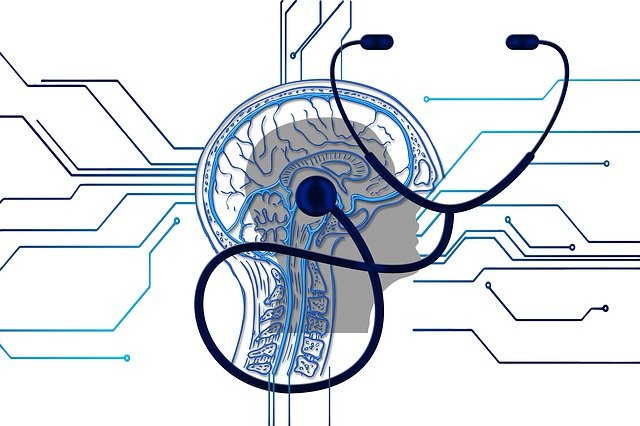Everything You Should Know About Itero Intraoral Digital Scanners

Back in 2017, iTero introduced an intraoral scanner. an Intraoral scanner is a dental device used for both dental and orthodontic treatment. This dental device gives enhanced digital scanning, which helps orthodontists and dentists work more efficiently and effectively.
What are iTero intraoral scanners?
iTero intraoral scanners scan the mouth, captures images to create 3D dental images within a few minutes. This dental equipment is easy to operate by only one person. It is user friendly and helps your dental professional get the best result for your dental treatment.
The scans from iTero intraoral scanners give more details than the traditional two-dimensional images that have been available.
With intraoral digital scans, your dental professional can make more accurate dental models for your restorative dental work, such as veneers, implants, veneer and crowns. Orthodontists can also diagnose orthodontic issues and develop the most suitable treatment plan using intraoral scans.
The iTero company has a digital ecosystem system that works with intraoral scanners. This helps improve the workflow between the dental professionals involved in your orthodontic and restorative care.
Unlike the intraoral scanners available in the past, the iTero intraoral scanners have an open system, a feature that makes work more flexible for dental professionals who need digital scans. The dental professional can easily share digital scans from iTero scanners with their parties like Invisalign, which aids better communication to improve treatment outcomes.
What do iTero intraoral scanners do?
Intraoral scanners have a wand which the dental professional moves in the patient’s mouth. The wands in the newer scanners can capture thousands of images in one second and combine images to create a 3D image of the patient’s mouth.
iTero scanners have smaller wands than the previous intraoral scanners, which allow them to molars that were difficult to reach with the traditional scanners. This also eliminates the limitations of taking digital scans of people who cannot open their mouths wide. Patients are less likely to gag while taking their digital scans.
The iTero intraoral scanners have a screen that shows the images during the capturing. The screen shows if the scan is a good one or not before saving and submitting it to the lab. This is a plus and saves time because dental professionals won’t experience waiting two or three weeks then receive feedback from the lab that the scans were not good. Getting immediate feedbacks saves both the patient and dental professional’s time.
Unlike other intraoral scanners taking digital images with iTero intraoral scanners do not require the patient to cover the teeth with titanium dioxide powder, which improves scanning.
How do intraoral scanners make Invisalign treatment easier?
Invisalign aligners are fast becoming the most preferred teeth-straightening device because they are effective, virtually invisible, and removable.
Unlike most traditional scanners, iTero scanners have an open structure that makes them compatible with Invisalign and its outcome stimulator. With iTero intraoral scanners, orthodontists can scan a patient’s mouth and show them the treatment outcome.
This improves the patient’s experience because they know what to expect and feel more confident in the diagnosis and treatment, making ClinCheck faster.
After the setup, the iTero intraoral scanner still has speed. The ClinCheck treatment plan submitted with iTero scans is posted to the Invisalign Doctor about three times faster than polyvinyl siloxane scans. This means the Invisalign aligners will be created faster and posted to the orthodontist earlier, and you can start your treatment within a shorter time.
With the iTero intraoral scan open system, orthodontists can send scans to any laboratory to create a retainer that preserves treatment after using Invisalign or other orthodontic devices. iTero intraoral scanners also help the orthodontist create more accurate treatments plans.
Research by Align Technology shows that orthodontists using iTero scans have about ten times fewer rejections and seven times fewer issues with Invisalign aligners fitting. This may be attributed to iTero intraoral scanners helping orthodontists to track patients’ treatment progress.
Taking scans during the Invisalign treatment helps the orthodontist compare the projected outcome with the actual result. If the result is not similar to the expected outcome, the orthodontist can use the intraoral scans to talk to the patient on the importance of adhering to the treatment recommendations.
iTero intraoral scanners have several advantages for your Invisalign, so it’s advisable to opt for an Invisalign provider that uses iTero intraoral scanners to create digital scans for the aligners and the treatment plan.



